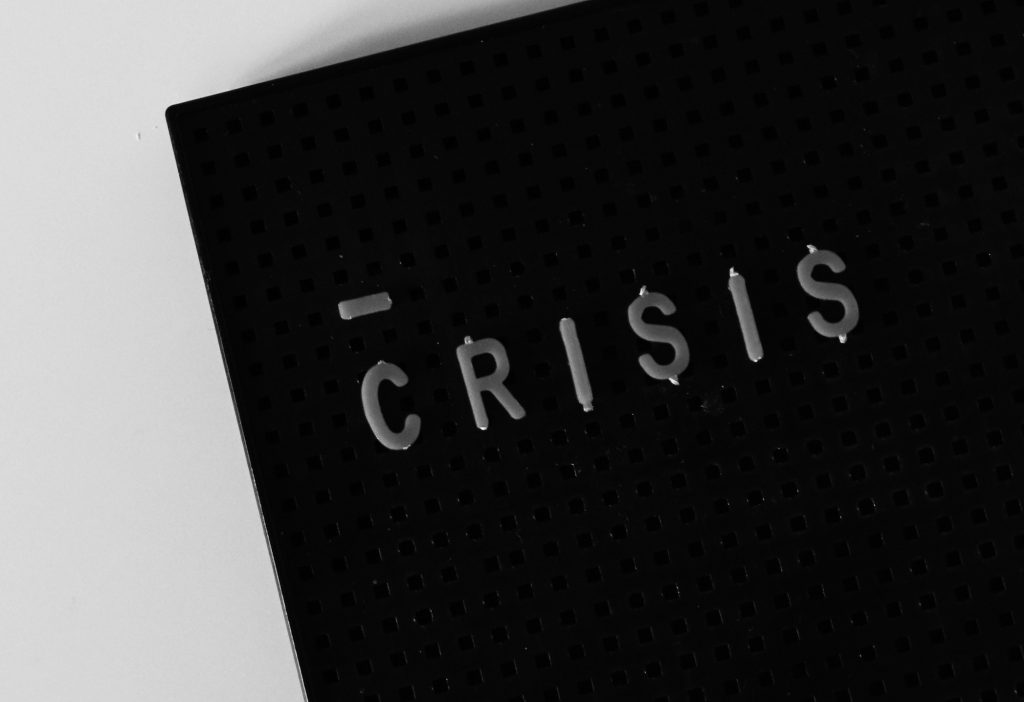What is Crisis Management?
Crisis management is recognising a potential threat to an organisation and its stakeholders and implementing a proactive strategy to address it effectively.
Key points:
- Any business can face a crisis stemming from internal or external factors.
- Crisis management involves the proactive anticipation of potential crises and the formulation of effective response strategies.
- Starting with a thorough risk assessment, crisis management is distinct from, yet complementary to, risk management.
How Crisis Management Works
Given the unpredictability of global occurrences, many businesses try to identify potential crises in advance, aiming to devise strategies for handling them. Should a crisis emerge, these organisations must be capable of swiftly altering their course to ensure survival.
The COVID-19 pandemic, started in early 2020, is poised to serve as a quintessential case study in crisis management. Worldwide, businesses were compelled to close their doors, sending millions of employees home, while essential services grappled to maintain functionality. The efficacy of the crisis management strategies employed by authorities will be scrutinised by history.
Any business, regardless of size, may encounter challenges that disrupt its regular operations. Crises can manifest in different forms — a workplace fire, death of a CEO, a terrorist strike, a data breach, or a natural calamity — each imposing tangible and intangible costs on a company in terms of revenue loss, reputational damage, and income decline.
Businesses that establish continuity plans for unforeseen contingencies can alleviate the impact of adverse events. This preparedness, known as crisis management, involves developing a comprehensive strategy.
Firms often begin by conducting risk assessments on their operations, identifying potential adverse events and evaluating their likelihood. Using risk models like scenario tables, risk managers simulate varying scenarios to gauge the probability of threats materialising, assess best- and worst-case outcomes, and estimate potential damages.
For instance, a risk manager might determine a high probability of a flood affecting the company’s operational area. The worst-case scenario might involve the destruction of the company’s computer systems, resulting in the loss of crucial data on clients, suppliers, and ongoing projects.
Armed with an understanding of potential risks and impacts, the crisis management team formulates a plan to mitigate emergencies. In the case of flood risk, the company might establish a backup system for its computer infrastructure, ensuring continuity of data and workflows.
While the procurement of new computer equipment might briefly slow down operations, having a crisis resolution plan in place ensures that business activities persist without complete interruption. By proactively preparing for unexpected challenges, companies and their stakeholders can adapt and navigate adverse developments effectively.
Crisis Management vs. Risk Management
Crisis management and risk management are distinct concepts. While risk management entails preparing for potential future events, crisis management entails responding to adverse events as they unfold and afterward.
For instance, consider an oil company with a strategy to address the potential occurrence of an oil spill. Should such a calamity transpire, factors like the spill’s extent, public backlash, and cleanup expenses could far surpass initial estimates, elevating it to a crisis situation.
Types of Crises
A crisis may arise from either internal actions or external factors. External forces, like natural disasters, security breaches, or unfounded rumours damaging a company’s reputation, can impact its operations. Internally-generated crises stem from actions within the organisation, such as an employee smoking in hazardous areas, downloading questionable files, or providing poor customer service that gains online attention.
Effective management, mitigation, or prevention of internal crises can be achieved through strict enforcement of compliance guidelines and protocols covering ethics, policies, rules, and regulations for employees.
Crisis Management Coverage
Crisis management coverage serves to mitigate the adverse effects of events on a company’s image and standing. Often bundled within policies addressing technology errors, omissions, and liabilities related to online assets, this insurance is geared toward protecting reputation.
Initially focused on reputation maintenance, crisis management coverage has evolved to encompass expenses associated with rebuilding confidence in the security of the insured’s digital infrastructure following cyber incidents or data breaches. It also extends to mitigating reputational risks stemming from various sources such as product issues, terrorism, natural calamities, workplace incidents, and negative media attention.
While primarily adopted by large corporations, any business heavily reliant on its public image for profitability can benefit from this coverage.
DISCLAIMER: This article is for informational purposes only and is not meant as official corporate advice. AVANTE PARTNERS has no financial interests with any company or relations with any crisis management specialist.


